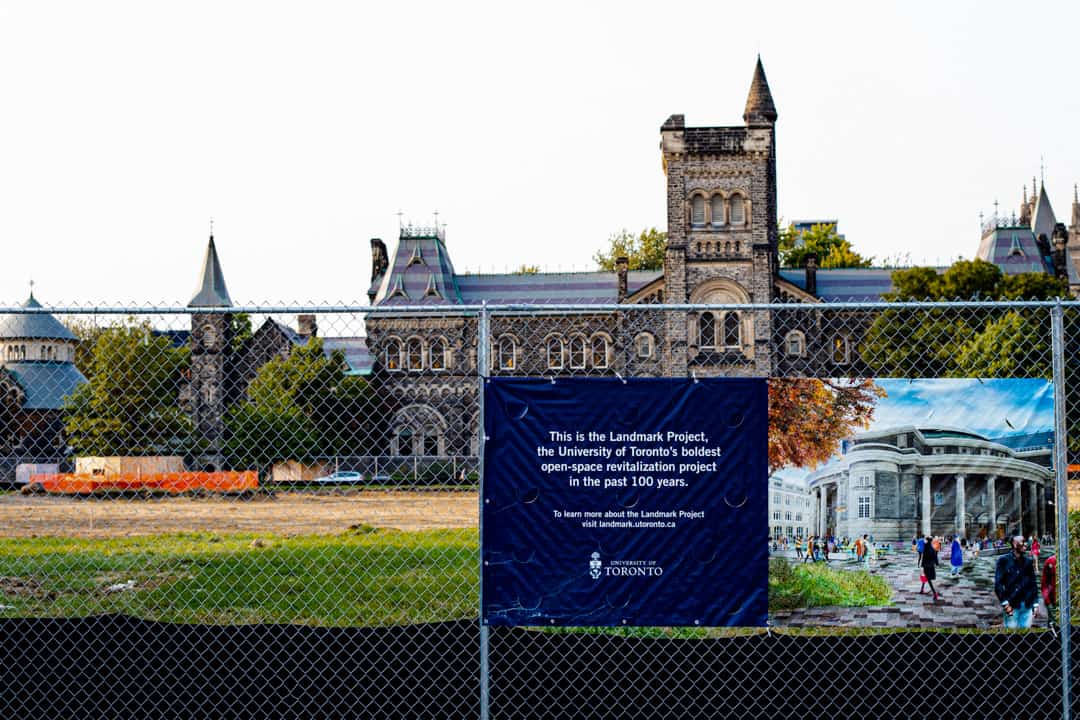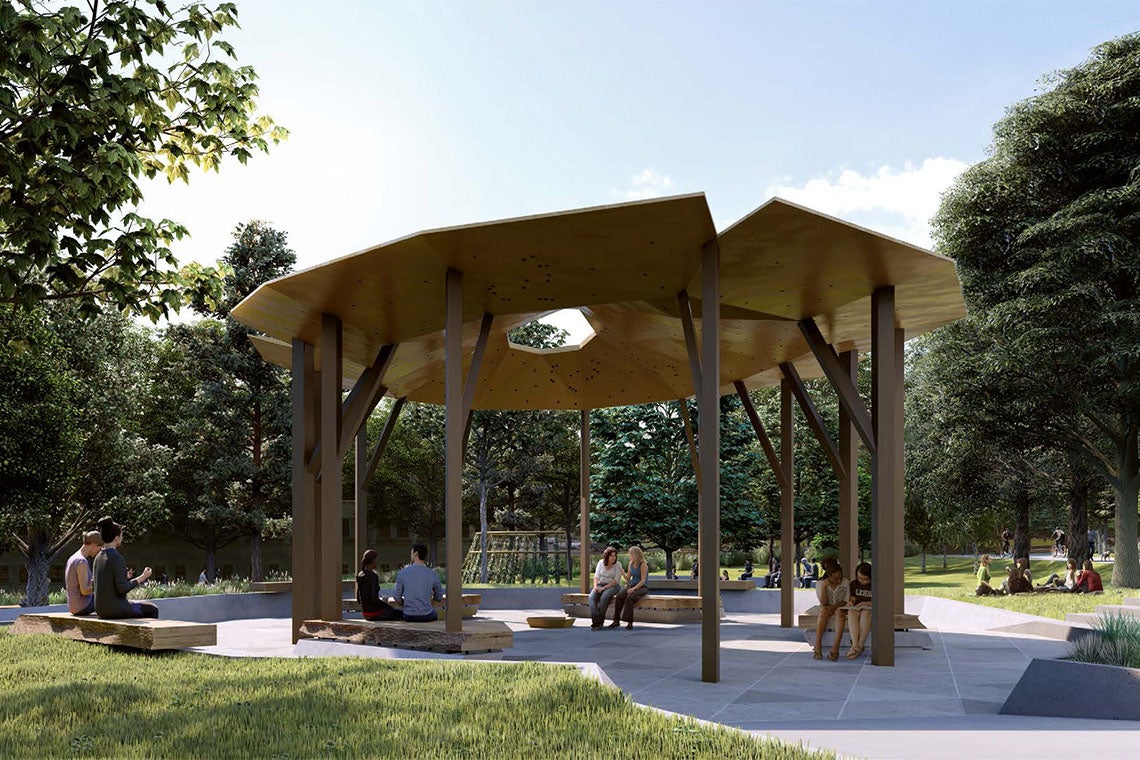Will indigenous people appreciate this gesture or is it done to make non-indigenous people feel better about themselves?
You're speaking to motivations which aren't really know-able; but there's hardly a reason to imagine it isn't well intended.
Of course, as presented, this is pretty much symbolism.
Symbolism is not an inherently bad thing by any means; it will generally be perceived positively if it reflects a substantive commitment; and
as is not an empty gesture.
The University can be making 2 kinds of commitment here; one is more broadly to the environment; using native plants, and natural landscapes which can
require less maintenance; and provide some habitat value for birds, pollinators, insects etc.
That, in respect of the indigenous community is really a statement about aligned values.
That works, if the University considers than lens in all its landscaping decisions and in its new building construction.
I would suggest that U of T is moving strongly in that direction; even though I believe they often get some details wrong.
***
The other type of commitment is to consider this a gesture of broader reconciliation, one which would be reflected by efforts to see Indigenous Canadians more broadly represented
in the student body and the faculty; and to devote some portion of research dollars to everything from reviving native languages to improving on-reserve/remote living conditions. etc.
I can't speak to the substantive efforts being made on that front, as it isn't something I've looked into.


